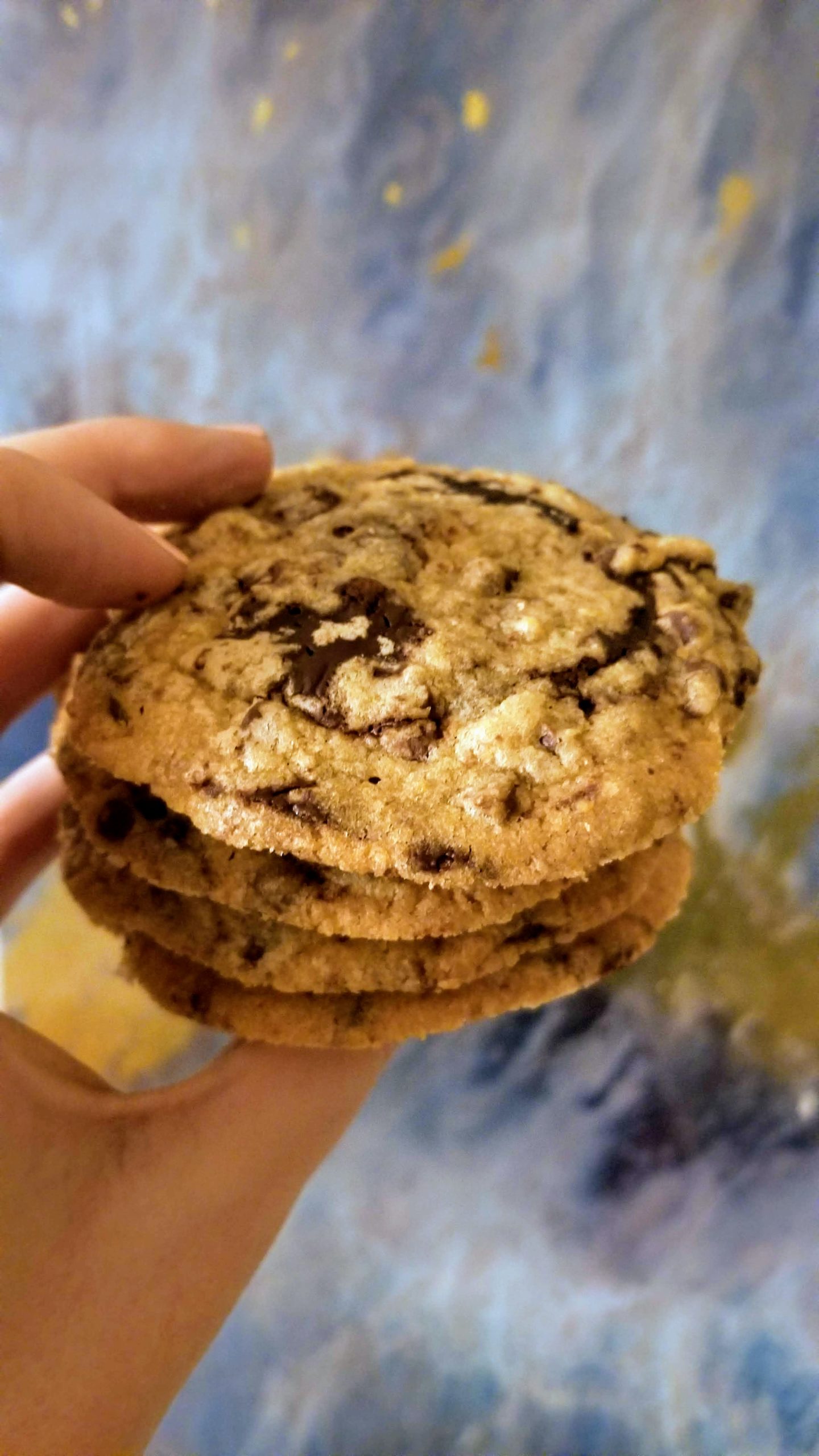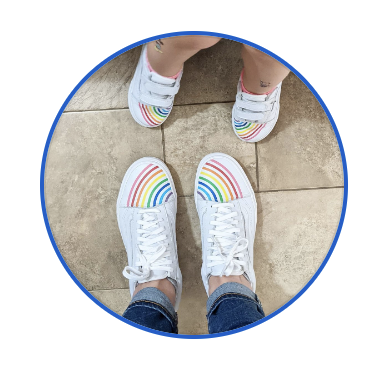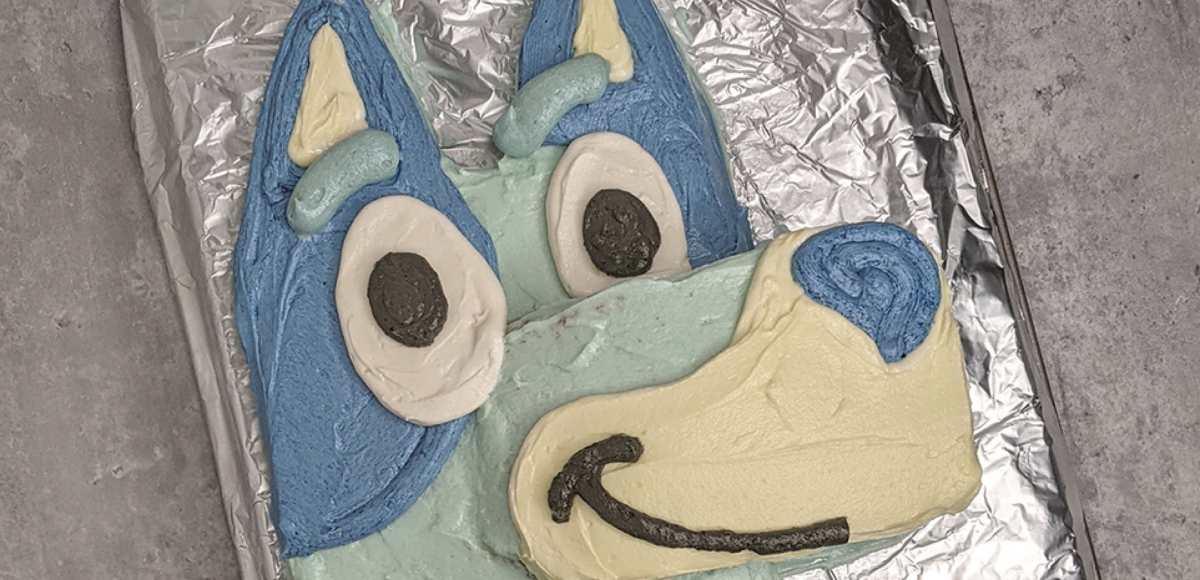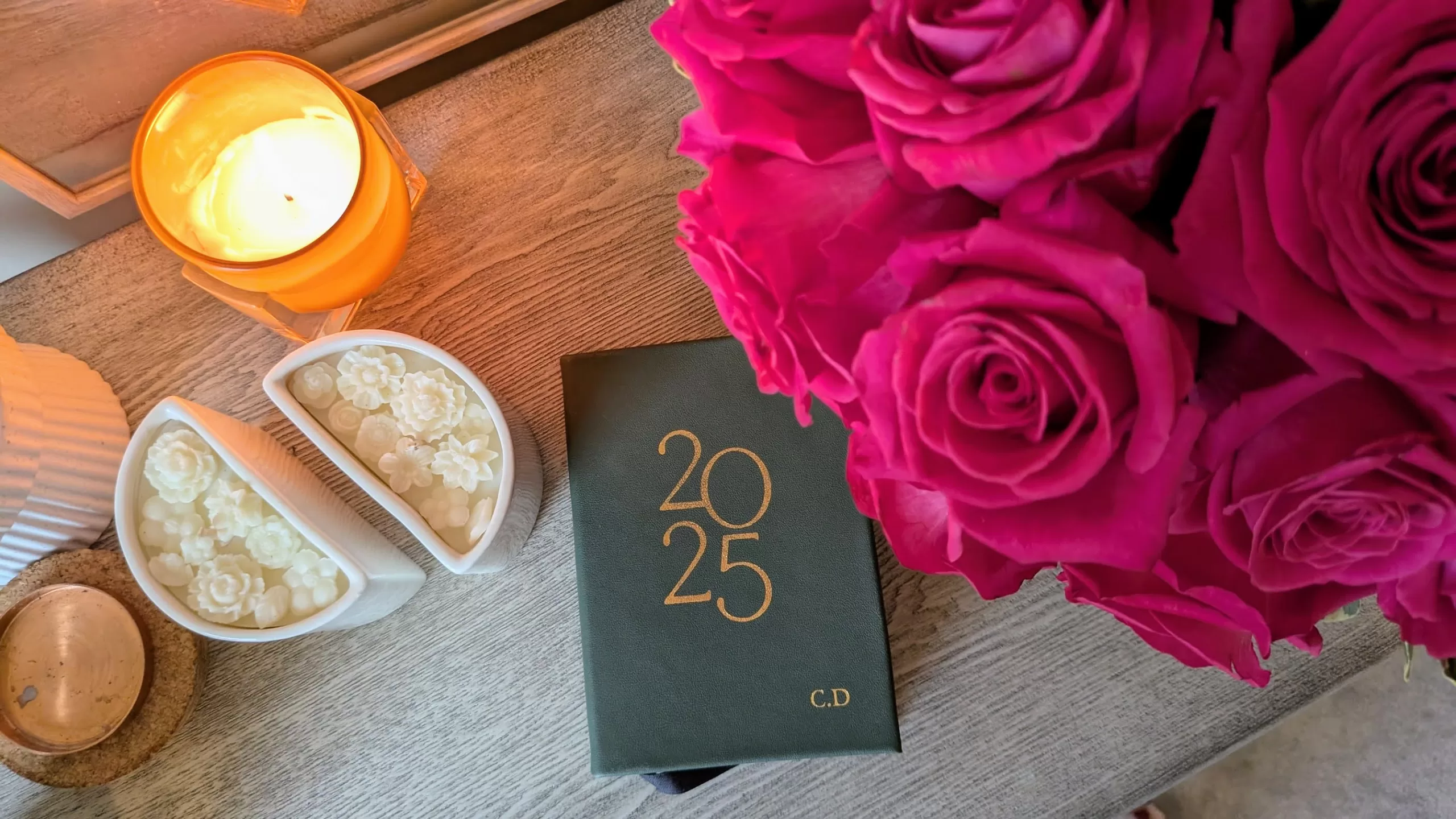This post may contain affiliate links. Every link is hand-selected by our team, and it isn’t dependent on receiving a commission. You can view our full policy here.
Maida Heatter’s a legend among bakers for her cakes, but her cookies are pretty popular, too. So popular, in fact, that she had no qualms about naming her take on chocolate chip cookies “Positively the Absolute Best.” Since I’m perpetually in pursuit of the best chocolate chip cookie recipe, I’m morally obligated to try it.

Heatter, who passed away in June 2019 at 102 years old, said the recipe’s based closely on Ruth Wakefield’s original one for Toll House cookies (the very first chocolate chipper), but there are a few key differences:
- Double the vanilla extract, for a richer-flavored batter that isn’t cloyingly sweet.
- Rather than creaming the butter and sugar, then adding the eggs and vanilla to form the “wet ingredients,” like most cookie recipes call for, this one requires you to cream the butter, then add the salt, vanilla and sugars (brown and granulated). Then you add half the flour, a baking soda-water mixture (more on that below) and the remaining flour.
- The baking soda-water mixture is 1 teaspoon baking soda stirred into 1 teaspoon hot water.

Those last two tips had me scratching my head, because they’re so unusual. I always thought people were too precious about keeping wet and dry ingredients separate (TBH, I often dump the flour, salt and baking soda on top of the wet ingredients and stir it in, rather than dirty an extra bowl). Heatter’s cookbook, Happiness Is Baking, includes a note that she’s not sure why the baking-soda water step exists, other than Wakefield did it in her original writeup of the Toll House cookie recipe, and it results in a great cookie, so why not bring it back? I decided to do some digging.
How Does the Baking Soda-Water Mixture Affect Cookies?
Baking soda works with an acidic ingredient, like lemon, vinegar or sour cream, puffing up your cookies. (Most recipes that don’t include a tangy ingredient use baking powder, which has an acidic salt in its ingredients, instead.) So, in this case, mixing baking soda with hot water causes it to fizz up, and immediately working it into the dough should help create a more pillowy, chewy cookie, like baking powder would.

The catch? You’d have to work quickly, before the reaction ends and the dough flattens back out. As I mixed the baking soda and hot water, it seemed the bubbling reaction started to fizzle out the instant it started, so I’m not sure how much this really helps, other than differentiate it from other cookies. (One plus: The mixture ensures the baking soda is evenly distributed, so you’re not biting into a clump of it after you’ve baked the goods.)
How the Cookies Turned Out:
Heatter’s recipe does turn out some delightfully caramelized chocolate chip cookies, with a rich depth of flavor. I recommend using chopped dark chocolate in place of regular chips, just because they melt really well with this dough, creating layers of chocolate and cookie dough that infuse every bite.

I’m not convinced the baking soda-water trick really improved the cookies. As you can see, they turned out pretty flat. Plus, Heatter recommends baking for 12-14 minutes, resulting in a crispier cookie, which defeats the whole argument that baking soda and water makes them chewier.
Some people dissolve a little baking soda into eight ounces of water, using it as an antacid or to reduce bloating, according to Well + Good. The thought is that it reduces acid, and as Yahoo points out, baking soda in a recipe could do the same…if this recipe included an acid, that is.

I’ll probably skip this step in the future, opting for baking powder instead, but hey, you do you. These cookies are worth adding to your repertoire, no matter which method you use.
Get the recipe for Heatter’s Positively the Absolute Best Chocolate Chip Cookies here, or buy her cookbook on Amazon.
Note: This post contains affiliate links, so Life Between Weekends may earn a commission from any purchases made through links on this page.




